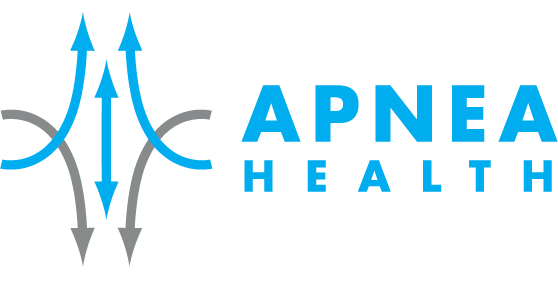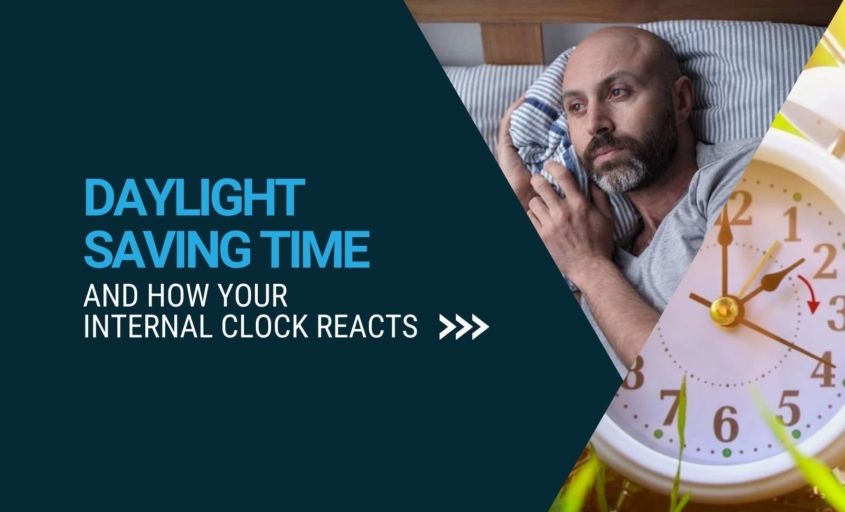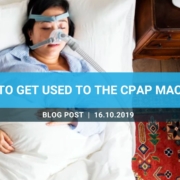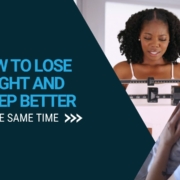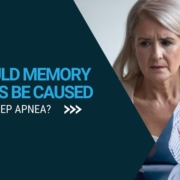Daylight Saving Time and how your internal clock reacts
This Sunday marks the beginning of Daylight Saving time, when the clocks “spring forward” by one hour.
In the Spring, some dread “losing” that all-important hour of sleep, but for others, the change in routine is disruptive and at times, detrimental.
For those suffering from sleep apnea the bi-annual changing of the clock represents a period where the general public gets to experience some of the same debilitating effects of sleep routine disruption, while simultaneously providing apnea sufferers with yet another hurdle in the battle for a good night’s sleep.
- What happens when your sleep routine is affected?
- Changes in your sleep schedule can have an effect on your brain.
- The practical fallout is real.
- How to regain your rhythm
- A great way to remember to check your CPAP
What happens when your sleep routine is affected?
According to Stuart Fogel, an assistant professor of psychology at the University of Ottawa, where he works in the Sleep Research lab, “…even a small amount of sleep loss can have some severe consequences”.
While you gain an hour on one end, you lose an hour on the other end. The result? Our biological clocks are off and everything about us is out of sync.
Changes in your sleep schedule, even for only an hour, can have an effect on your brain.
According to Fogel, “That will have an impact on your vigilance, probably your attention, and probably your ability to concentrate, your ability to react to things in your environment.”
He adds that “There’s some literature showing that there are increases in accidents, workplace, motor-vehicle accidents and the severity of them is greater following the time change.” Coincidentally, the Société de l’assurance automobile du Québec (SAAQ) is currently running a campaign about fatigue behind the wheel, warning drivers to be vigilant and rest up, make sure to use their CPAPs if they are sufferers of sleep apnea, to keep our roads safe.
Sufferers of sleep apnea can totally relate to these side-effects of sleep inconsistencies. However, most non-sufferers of sleep apnea have their internal clocks adapt to the new schedule in the same way you might adjust to jet lag.
The practical fallout is real.
In 1999, researchers at Johns Hopkins and Stanford universities wanted to find out what happens on the road when millions of drivers have their sleep disrupted. Analyzing 21 years of fatal car crash data from the US National Highway Transportation Safety Administration, they found an increase in road deaths on the Monday after the clock shift in the spring: the number of deadly accidents jumped to an average of 83.5 on the “spring forward” Monday compared with an average of 78.2 on a typical Monday.
And it’s not just car accidents. Evidence has also mounted of an increase in incidences of workplace injuries and heart attacks in the days after we spring forward.
How to regain your rhythm
Essentially, the same advice we give to sleep apnea sufferers applies here too – at the heart of it all is keeping a consistent schedule.
Here are a few tips that can help you find your groove:
- Exercise regularly, but not too close to bedtime.
- Eat well (avoid too much fat, salt and sugar; eat plenty of fruits and vegetables).
- Limit your consumption of caffeine, energy drinks, alcohol and medication.
- Take time to relax, and adopt good sleeping habits: Develop a bedtime routine to prepare for sleep (read a few pages, take a bath, etc.).
- Go to bed and get up at regular hours (avoid large differences between weekdays and weekends).
- Make the bedroom off-limits to phones, televisions, computers, etc.
Remember – getting a good night’s sleep isn’t a luxury. It’s a must for health!
A great way to remember to check your CPAP
Firemen use Daylight Saving time as a reminder for people to check the batteries in their fire alarms twice a year. Why not apply the same principal to your CPAP? Daylight saving time change is a great way to remember that you should get your CPAP checked.
Give us a call to book your CPAP check and our inhalation therapists will be happy to do a download, check your machine and make sure you are on track to get the best quality sleep – all year round!
